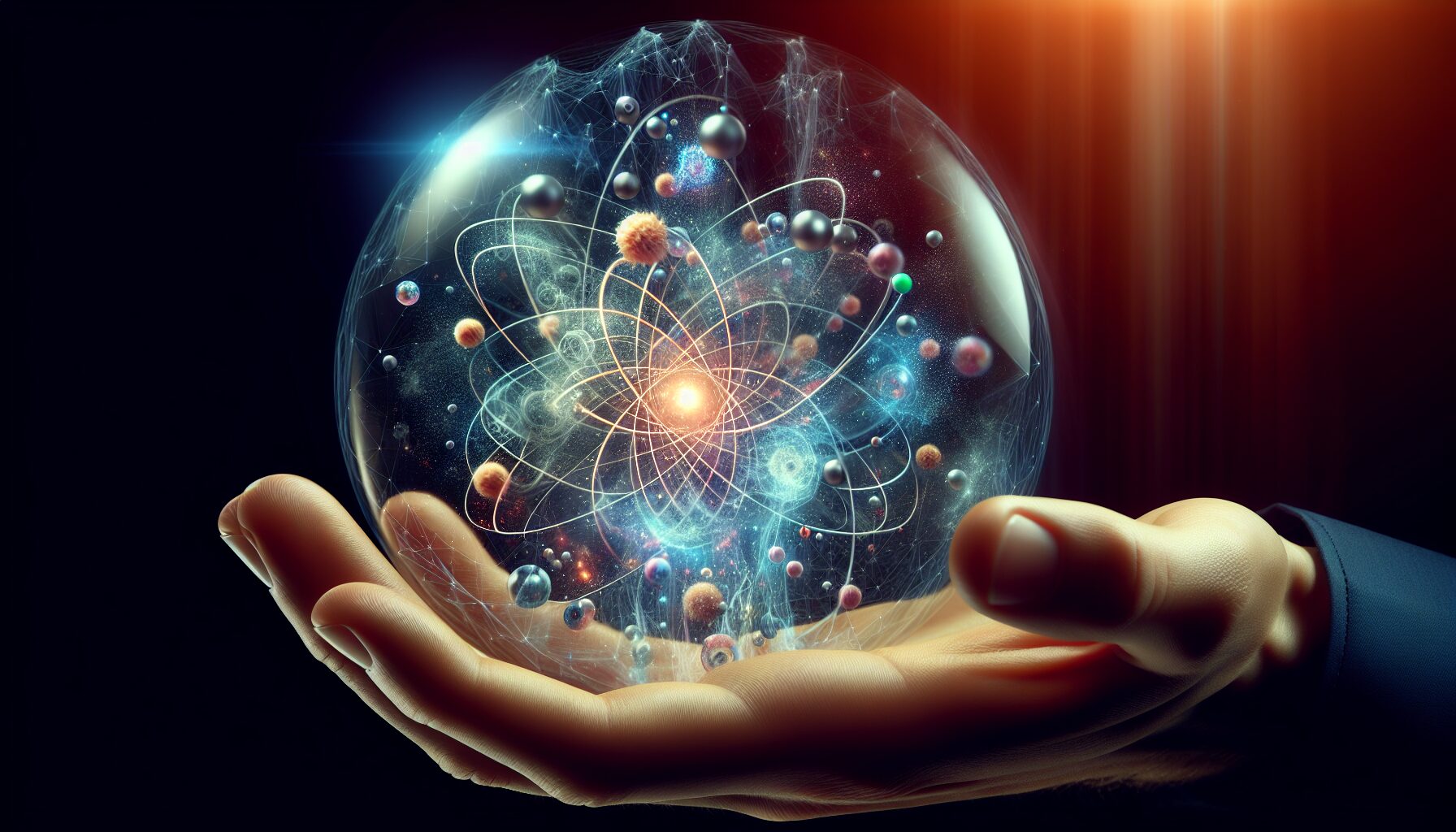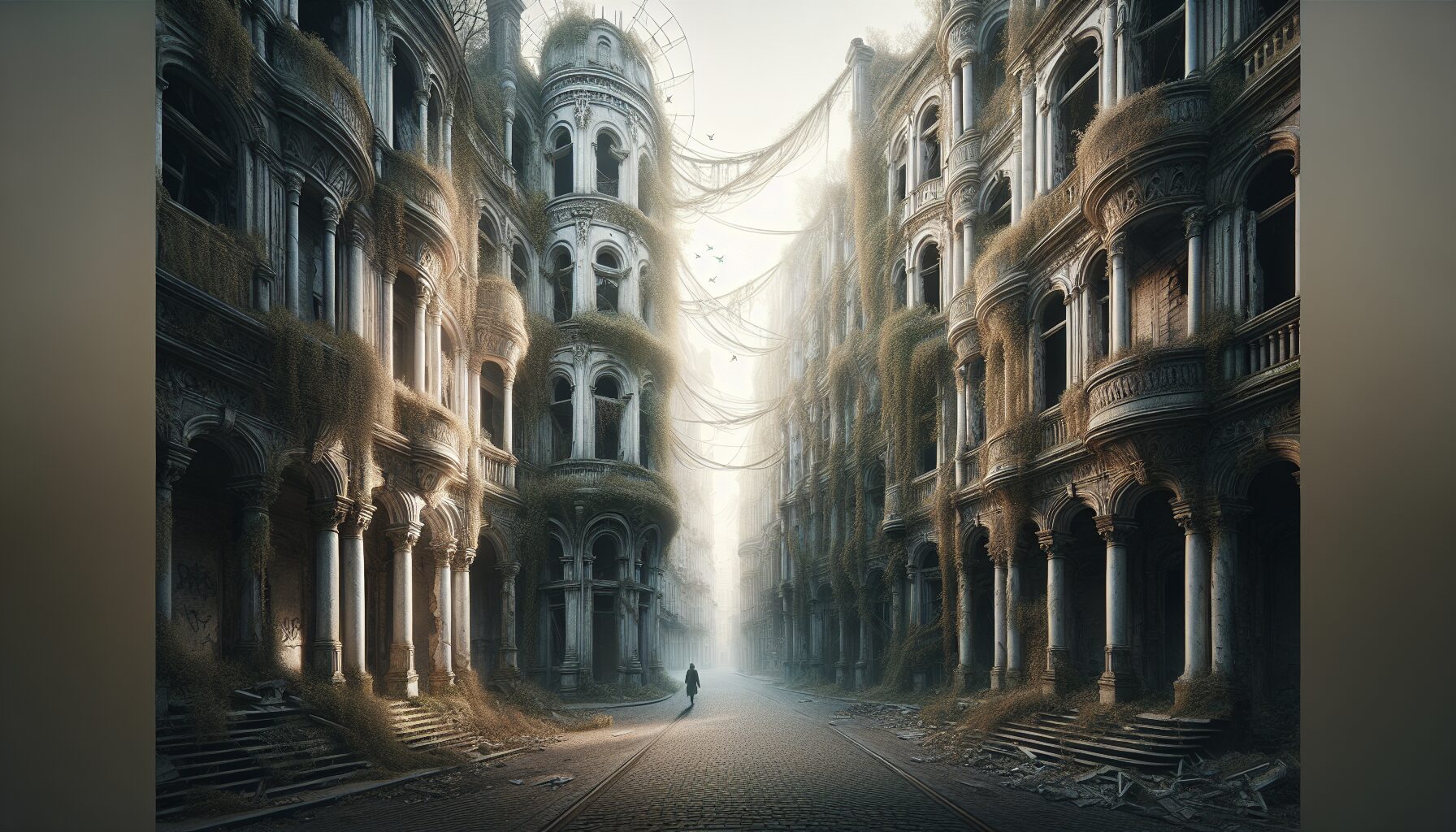Stellar Mysticism: Science and the Sacred
Throughout history, humanity has gazed at the stars with both awe and curiosity, seeking not only to understand their physical properties but also to interpret their meanings within the context of spiritual belief. This confluence of stellar mysticism bridges the gap between empirical science and the profound sacred narratives that have defined civilizations for millennia.
The Ancient Practices of Sky Gazing
From the earliest records of human civilization, the cosmos has occupied a central role in the spiritual and cultural life of people. Ancient Egyptians, Maya, and Chinese civilizations intricately mapped the stars to chart their destinies and understand the divine mechanics governing life on Earth.
- Egyptians revered the star Sirius, associating its annual heliacal rising with the flooding of the Nile, which was crucial for agriculture.
- Maya astronomers meticulously observed Venus, constructing complex calendars to guide both everyday activities and sacred rituals.
- Chinese star maps date back as far as the second millennium BC, recording supernovae and the motion of celestial bodies with remarkable precision.
“For the Maya, astronomy was an intrinsic part of their culture, and they saw their gods’ characteristics reflected in celestial events.”
The Scientific Revolution and Its Reverberations
The scientific revolution of the 16th and 17th centuries marked a paradigmatic shift in humanity’s understanding of the universe. Copernicus, Galileo, and Kepler dismantled the geocentric view of the universe, replacing it with a heliocentric model substantiated through observation and mathematics.
However, this did not immediately sever sacred interpretations from science. Figures like Johannes Kepler considered their work a spiritual endeavor, seeking “the music of the spheres,” a harmony in the motions of the planets that reflected divine order.
“Geometry is one and eternal shining in the mind of God. That share in it according to the human capacity is one of the reasons that man is the image of God.”
Astrophysics and the Sacred
In contemporary times, the field of astrophysics continues to expand our understanding of the cosmos, yet the awe inspired by these discoveries often evokes a spiritual reflection. Physicists like Albert Einstein, whose theories revolutionized the field, famously said, “The more I study science, the more I believe in God.”
Such sentiments highlight that science and spirituality aren’t mutually exclusive; they can complement each other—probes and poems probing the depths of the universe in tandem.
The Mystical Universe in Modern Thought
Today, the mysticism of the stars influences both popular culture and personal spirituality. Astrology, though scientifically unsubstantiated, continues to thrive globally as a tool for personal reflection and guidance.
Several spiritual movements integrate modern scientific discoveries into their doctrines. Neopaganism and New Age practices, for instance, incorporate the cosmic principles of connectedness and energy, informed as much by science as by ancient wisdom.
- Neopaganism often sees the universe as alive with energy, a belief that aligns metaphorically with the ideas of quantum fields and cosmic energy.
- New Age movements frequently employ the language of astrophysics when discussing concepts like the “universal energy” and the interconnectedness of all matter.
Reconciliation and the Future
The future of stellar mysticism lies in bridging the perceived chasm between science and spirituality. Movements like the Templeton Foundation advocate for closer collaboration between scientific and religious communities, promoting dialogue that enhances understanding and respects both empirical evidence and spiritual experience.
Moreover, educational initiatives and public outreach programs are striving to make the awe of the cosmos accessible to all, fostering a well-rounded appreciation of both its scientific wonders and its mystical inspirations.
“We seek to encourage a scientific perspective informed by spirituality, wherein science and faith enrich and complement one another.”
Conclusion
The stars, it seems, have always been more than just distant suns borne of cosmic dust; they are a testament to the enduring compatibility of science and the sacred. By weaving together the rigorous methodologies of science with the rich tapestry of human spirituality, we gain a more profound understanding of our place in the universe and the mystical journey it invites us to undertake.
The exploration of stellar mysticism is akin to reading an endless book, with each discovery and spiritual insight adding a new chapter to the story of humanity—a story as boundless and luminous as the cosmos itself.

